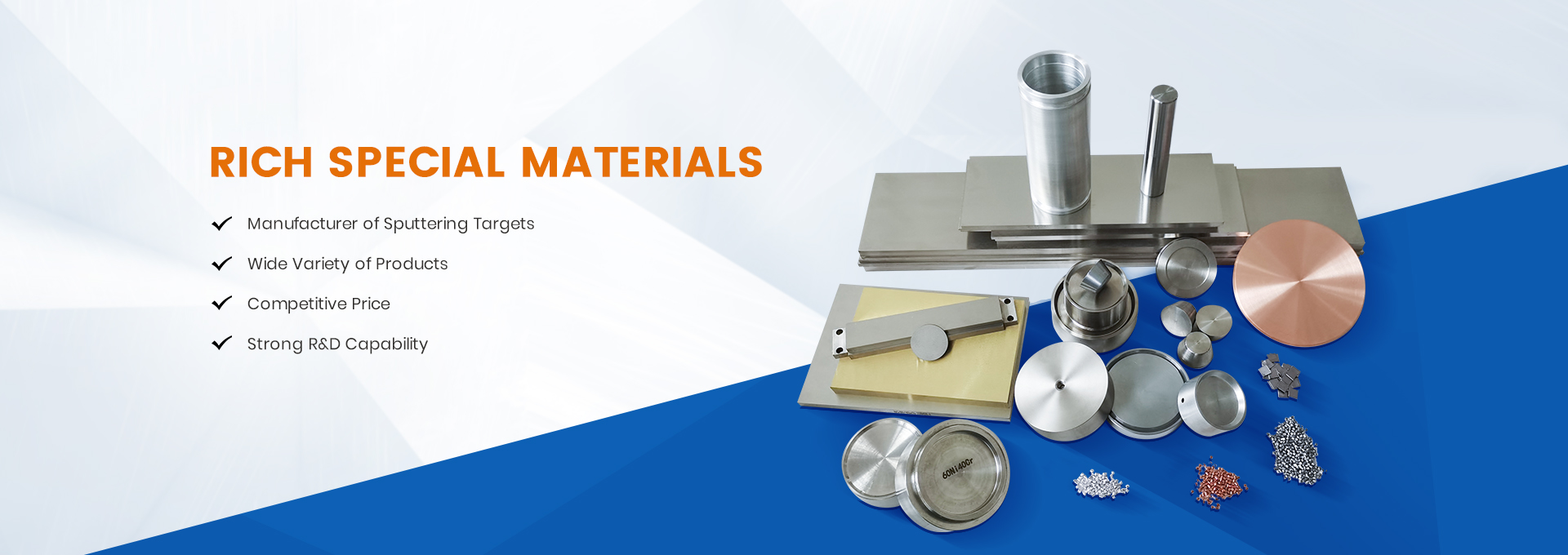Many users must have heard about the product of sputtering target, but the principle of sputtering target should be relatively unfamiliar. Now, the editor of Rich Special Material(RSM) shares the magnetron sputtering principles of sputtering target.
An orthogonal magnetic field and electric field are added between the sputtered target electrode (cathode) and the anode, the required inert gas (generally Ar gas) is filled into the high vacuum chamber, the permanent magnet forms a 250 ~ 350 Gauss magnetic field on the surface of the target data, and the orthogonal electromagnetic field is formed with the high-voltage electric field.
Under the effect of electric field, Ar gas is ionized into positive ions and electrons. A certain negative high voltage is added to the target. The effect of magnetic field on electrons emitted from the target pole and the ionization probability of working gas increase, forming a high-density plasma near the cathode. Under the effect of Lorentz force, Ar ions accelerate to the target surface and bombard the target surface at a very high speed, The sputtered atoms on the target follow the momentum conversion principle and fly away from the target surface to the substrate with high kinetic energy to deposit films.
Magnetron sputtering is generally divided into two types: Tributary sputtering and RF sputtering. The principle of tributary sputtering equipment is simple, and its rate is also fast when sputtering metal. RF sputtering is widely used. In addition to sputtering conductive materials, it can also sputter non-conductive materials. At the same time, it also conducts reactive sputtering to prepare materials of oxides, nitrides, carbides and other compounds. If the RF frequency is increased, it will become microwave plasma sputtering. Now, electron cyclotron resonance (ECR) microwave plasma sputtering is commonly used.
Post time: May-31-2022




